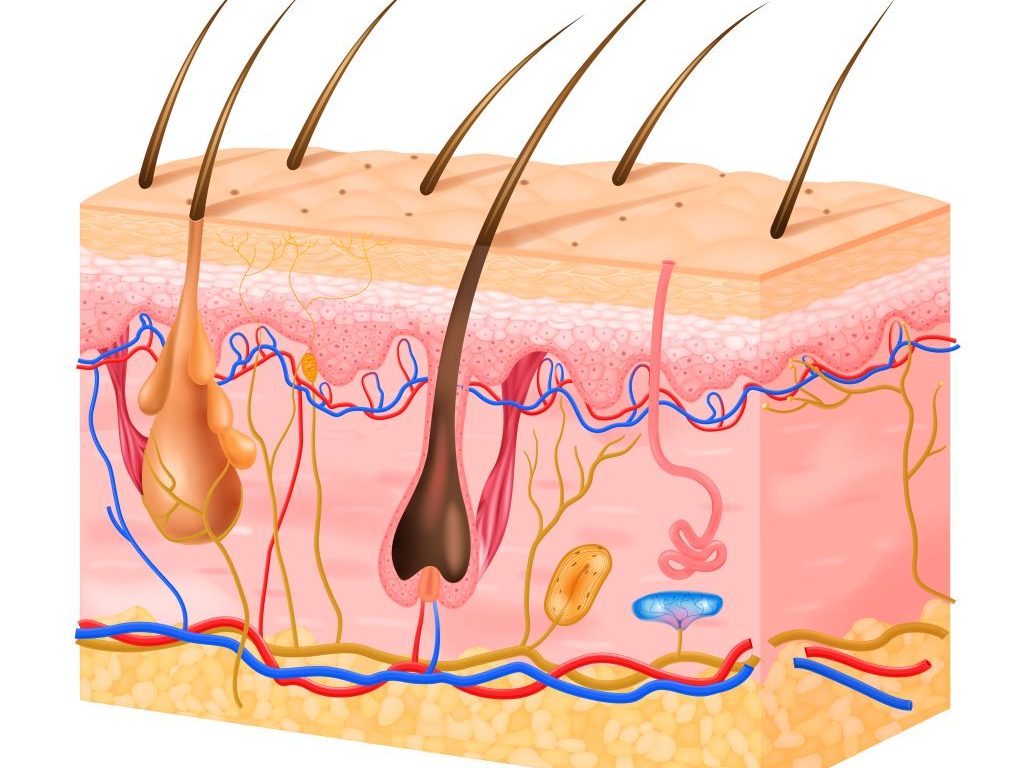Benefits of UV Exposure may Outweigh Risks in Low-sunlight Countries

The health benefits of spending time in the sun could outweigh the risks for those living in areas with limited sunshine, a UK study suggests. In low-sunlight locations such as parts of the UK, exposure to higher levels of ultraviolet (UV) radiation was linked to a drop in deaths due to cardiovascular disease and cancer.
Adapting public health advice to reflect both the risks and benefits of UV exposure may help to reduce disease burden and improve life expectancy in low-sunlight countries, the research team says.
Experts caution that measures should still be taken to protect the skin when UV levels are high, to prevent sunburn and the development of skin cancer.
Volunteer data
University of Edinburgh scientists used genetic and health information from the UK BioBank – an anonymised database of health details from volunteers – to examine the UV exposure of 395 000 people across the UK. Participants were restricted to those of white European descent, due to the role skin pigmentation plays in the body’s response to UV exposure.
The team applied two measures to identify those exposed to higher levels of UV. They used the geographical location of participants to calculate their average annual exposure to solar energy and, separately, whether they used sunbeds.
The findings were adjusted for other factors that might influence health – including smoking, exercise, social deprivation and gender – to reduce the chance that these factors were responsible for any of the changes observed.
Health impact
Living in locations with higher UV levels, for example Cornwall, was associated with a lower risk of death from cardiovascular disease and cancer – 19% and 12%, respectively – than living in areas with lower UV levels, such as Edinburgh or Glasgow.
Sunbed use was linked to a 23% lower risk of death from cardiovascular disease and a 14% lower risk of death from cancer, compared to non-users. It is possible that people who use sunbeds may also seek out greater sun exposure and so this result may reflect broader sun seeking behaviour, the team says.
Those with a higher estimated UV exposure had a slightly increased risk of being diagnosed with melanoma, but their risk of dying from the condition was not raised.
As the study is based on UK data from a white European population, the findings are of most relevance to similar groups in low-sunlight countries. Further research into locations with higher UV exposure is needed to build a clearer picture of the potential benefits to health, experts say.
The study, funded by Health Data Research UK, is published in the journal Health and Place.
Our paper adds to a growing body of evidence suggesting that in lower light environments, relatively higher exposure to UV is good for your health. Though there may be an increased risk of skin cancer incidence with higher UV exposure, this risk appears to be outweighed by a larger reduction in the risk of death from cancer and cardiovascular related disease.
Professor Chris Dibben, University of Edinburgh’s School of GeoSciences
Dermatologists have traditionally only considered possible harm to the skin caused by sunlight, much of which dates from the experience of white-skinned individuals in sunny countries such as Australia. When the UV index is very high, protecting skin is important.
However, this research shows that in the UK, the balance of benefit and risk from sunlight exposure is probably very different from that in sunnier countries.
Professor Richard Weller, University of Edinburgh’s Centre for Inflammation Research
Source: The University of Edinburgh



